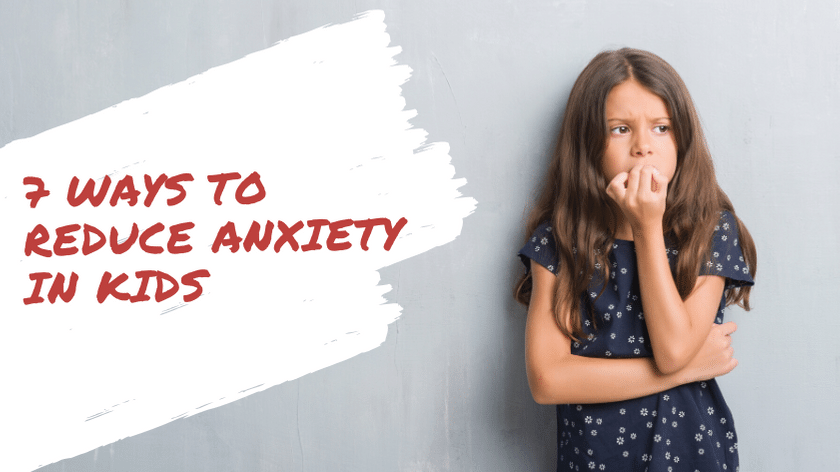When I first created the Seeing My Time program, I was essentially teaching executive function skills, though that term didn’t really exist in the general world at the time.
At first, students came to me for help with study skills. Then they came because of challenges with organization and time management. Eventually students began showing up with an official diagnosis, the first of which was ADHD.
 About ten years ago, the primary diagnosis on my intake forms was executive function deficits. In the last couple of years, the primary concern/diagnosis is anxiety followed by executive function deficits and ADHD. This rise in anxiety in both students and adults is alarming. To better understand this shift, I recently attended the winter Learning and the Brain Conference which was focused on understanding the anxious brain.
About ten years ago, the primary diagnosis on my intake forms was executive function deficits. In the last couple of years, the primary concern/diagnosis is anxiety followed by executive function deficits and ADHD. This rise in anxiety in both students and adults is alarming. To better understand this shift, I recently attended the winter Learning and the Brain Conference which was focused on understanding the anxious brain.
It was an impressive conference by anyone’s standards. Top researchers and clinicians shared a wealth of information that I will spend months assimilating. 2,500 educators from multiple professions and from around the world attended the conference, filling a huge auditorium for the keynote speakers.
One theme that stood out was the need to create a home environment that would prevent anxiety from getting a toe-hold in children’s brains. I was especially drawn to seven tips presented by Challenge Success, a non-profit organization affiliated with the Stanford Graduate School of Education. Here is their list of best practices for reducing anxiety at home, including a few of my notes that tie into the speakers’ content from the conference:
Seven Tips to Help Your Child Thrive
1. Protect playtime, downtime and family time.
Many of the speakers attributed over-scheduling as a key component of anxiety. Our brains need time to chill, daydream, imagine and most importantly spend time connecting to family members. Our brains are designed for relationships, not sitting alone plugged in to technology.
2. Emphasize learning, not grades.
Pressure to achieve with an emphasis only on high grades can lead to many negative outcomes. This might look like cheating or physical and emotional challenges and an increase in risky behaviors.
3. Choose your words carefully.
I loved this one. Rather than ask, “How did you do on your test today?”, which can elicit a stress response and anxiety from your student, ask a more neutral yet specific question like: “What happened in Spanish class today?”, or “Who was your partner in science lab?”, “What did the coach talk about at basketball practice?” to begin a conversation. Then simply listen to the student. Don’t make judgments while they are talking!
4. Let children do their own work.
Jumping in to complete or correct homework can actually undermine your student’s learning and confidence. (And you will have more time to lower YOUR stress level doing something you enjoy!)
 5. Prioritize sleep.
5. Prioritize sleep.
Sleep deprivation is the root of so many negative behaviors. It is connected to both anxiety and depression. Hold on to this quote from a Challenge Success handout: “An extra hour of sleep is more valuable than an extra hour of homework.”
6. Create technology-free spaces.
All media devices should be removed from bedrooms so children sleep better. Mealtimes and family activities should be technology-free. Put devices away and out of sight. I second the advice of psychologist Madeline Levine, author of Ready or Not: Preparing Our Children to Thrive in an Anxious and Uncertain World. She advocates making travel time in cars a technology-free space. Riding in a car is a perfect time for children to learn to how to hang out with their own minds. It’s great for daydreaming and self-reflection, necessary skills for creativity and problem-solving.
Back in the dark ages when I was driving my children around, we didn’t have the technology of today to contend with. As a result, I found car time to be a wonderful opportunity to talk and gain insights into my children’s day and thinking. Eavesdropping with a car load of teens was also really informative!
7. Challenge your measurement for success.
This one is possibly the hardest for parents. That’s because we are bombarded with social pressures – as are our children – that focus on a very narrow definition of success. This definition typically focuses on grades and college admission, sometimes even to an elite institution.
Many of the conference speakers urged parents and educators to embrace your student’s unique strengths and interests. Don’t let college admissions drive the choices for your student both in and out of school. Dr. Madeline Levine’s presentation documented her research with some of the employers of the world. She specifically asked what they are looking for when hiring recent graduates. The answers surprised her. *Hint: they were not connected to grades and graduation from elite colleges or universities.
This reality correlates with what an accountant friend told me. While grades were important for his firm, they DIDN’T hire people with 4.0s. Why? They had learned that these “perfect” students typically fell apart during the first year of work, unable to handle the inevitable feedback, critiques and corrections they received as they learned the profession.
I am sure that I will be sharing more of what I learned at this conference in future blogs. In the meantime, which of these tips would lower the anxiety of those around you and maybe even yourself?
Little by little,
Marydee


